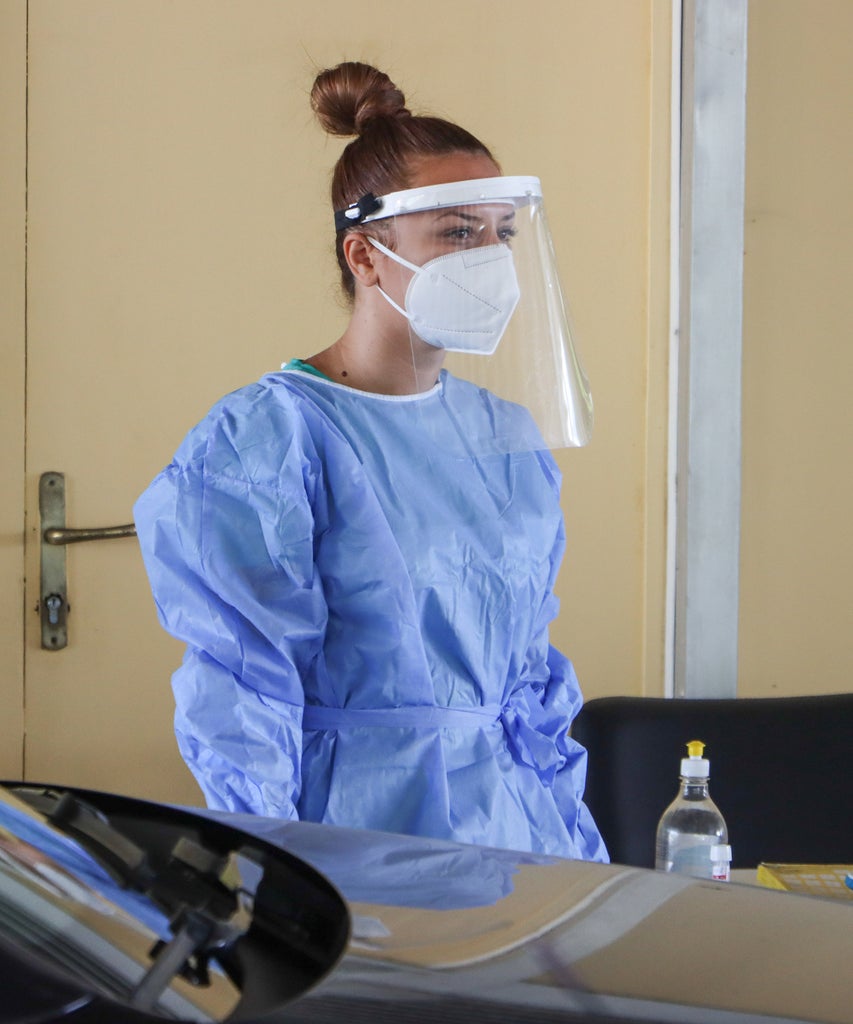
Since the start of the coronavirus pandemic, we’ve been hearing warnings of a “second wave” coming our way this fall and winter — and it doesn’t sound pretty. “There’s a possibility that the assault of the virus on our nation next winter will actually be even more difficult than the one we just went through,” Robert Redfield, director of the The Centers for Disease Control and Prevention, told The Washington Post back in April. “We’re going to have the flu epidemic and the coronavirus epidemic at the same time.”
Well, it’s fall. But honestly, it still feels like we’re firmly in the midst of the first wave of COVID-19. “I’m not so sure that we can even call it first and second and third waves as much as, this thing is going to go around and around and around until we’re able to either vaccinate or build some level of herd immunity,” says Renee Dua, MD, founder and chief medical officer at Heal.
Regardless, we can expect a spike in the number of coronavirus cases this winter, says Shannon Sovndal, MD, an emergency medical services medical director in Boulder, Colorado and the author of Fragile. This one would be big enough to potentially overwhelm hospitals like it did earlier this year. He points to surfing actual waves as an analogy for the virus.
“There’s always waves hitting you — you’re just waiting for the one big one,” he says. “The next wave would be another stress on the healthcare system where we’re worried about how many ICU beds and ventilators we have. That’s a big wave to me. So we’ve had the disease come, we’ve had a big spike, and we’ve had oscillations, and now we’re worried about another spike as the winter months come.”
And what would cause this enormous wave? Carelessness. “People are becoming fatigued from social distancing and wearing a mask, and so your resolution to be good with that wanes a little bit. That’s just human nature,” Dr. Sovndal explains. “As the weather changes, we’re going to be in more proximity to other people,” he adds. “The community is opening up again, restaurants are open, and those things are going to cause the spread as well. So I do feel like there’s going to be another spike or wave of COVID-19.”
“My take on it is that it is important to heed restrictions, wave or no. Do everything you can to wear a mask, and wash your hands and physically distance,” Dr. Dua says. “Until we build some kind of immunity in the communities, this is going to go on and on.”
Right now, countries across Europe are experiencing a second wave of their own — and just like earlier in March, we could be right behind them. Confirmed cases in France, Spain, and the U.K. are now higher on an average day than at the peak of this spring’s emergency, according to the Wall Street Journal, although they acknowledge that this trend also reflects more frequent testing.
While we can’t predict the future, it is possible that another big spike of COVID-19 cases is on the horizon — meaning quarantine round two. And the only way to prevent that (or at least ease it) is to follow the rules that have been constantly hammered in our minds since the start of the pandemic: wash your hands, stay inside as much as you can, social distance, wear your mask, and now, get your flu shot.
Like what you see? How about some more R29 goodness, right here?
Will This Be The Worst Flu Season Yet?
Trump Spreads Lies About COVID Even While Ill
What Trump's “Mild” COVID Symptoms Tell Us
from Refinery29 https://ift.tt/2GNWGHy
via IFTTT
